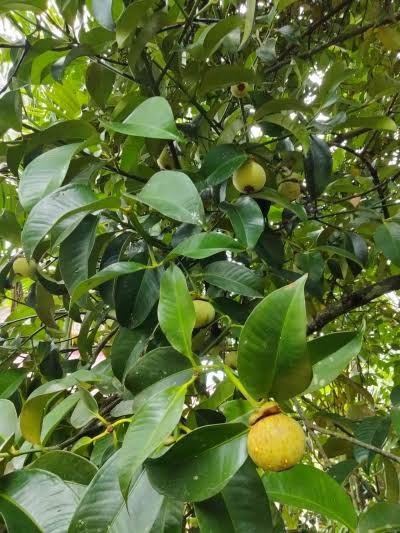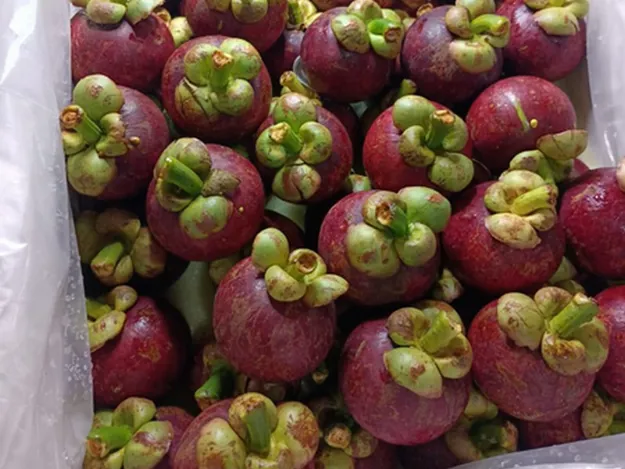 Indonesia's tropical climate provides an ideal environment for growing mangosteen, which thrives in warm and humid conditions, with temperatures ranging from 25 to 35 degrees Celsius.
Indonesia's tropical climate provides an ideal environment for growing mangosteen, which thrives in warm and humid conditions, with temperatures ranging from 25 to 35 degrees Celsius.
Fresh mangosteen is grown in several regions across Indonesia, with notable production areas including North Sumatra, West Sumatra, Central Java, West Java, Bali, and East Nusa Tenggara. Mangosteen trees are typically grown from seeds or grafted seedlings. The trees require well-drained soil. The trees take around 8 to 10 years to reach full maturity and bear fruit.
Season in transition
Stevan Budi Susanto is responsible for international sales at Pt. Citra Tama Jaya Indo. The season is in transit from one growing region to another, according to Stevan: "The mangosteen harvest in Banyuwangi is nearing completion, and now the harvest has begun in the Tasik Malaya region of West Java. The fruit quality is satisfactory during recent months, thanks to favorable weather conditions. The sweetness of the fruit is comparable to that of the previous year, and the overall skin quality is acceptable. The mangosteen leaves also appear fresh".
Mangosteen fruits are harvested when they are fully ripe, as the fruit does not ripen further after picking. The mature fruits are carefully hand-picked to avoid damage.

Stevan Budi Susanto is responsible for international sales at Pt. Citra Tama Jaya Indo
The fruit harvested in Banyuwangi this season has been of good quality, demonstrating stability and similarity to last year's produce.
Mangosteen cultivation takes place in various regions of Indonesia, including Padang, Tasikmalaya, Purwakarta, Bali, Bogor, and Pati.
However, the Padang area harvest is yet to begin, with harvesting expected to commence in mid-August.

"The quality of the fruit harvest is significantly influenced by weather conditions, affecting the fruit's internal composition, skin condition, and the freshness of its leaves. During the rainy season, there is a tendency for mangosteen fruits to become "filled," which means the fruit contents may get bruised or become watery. Due to Indonesia's unpredictable weather conditions, it is difficult to tell when the rains will start!" says Stevan.
Insects do not pose a major problem during the mangosteen harvest, although strict control measures need to be implemented to manage their presence effectively.
China is a major importer of Indonesian mangosteen. At the moment, exports to China are at a low point: "The current sales in China have declined as Thailand is currently in its harvesting season. Prices of Indonesian mangosteen on the international market have remained relatively stable so far, with only minor fluctuations occurring," he concludes.
In addition to exporting fresh tropical fruits, the company also exports frozen fruits, mainly frozen strawberries to markets including South Korea and Japan.
For more information:
Stevan Budi Susanto
PT .CITRA TAMA JAYA INDO
http://frozensfruits.site/index.html
Whatsapp : +6289523686301
